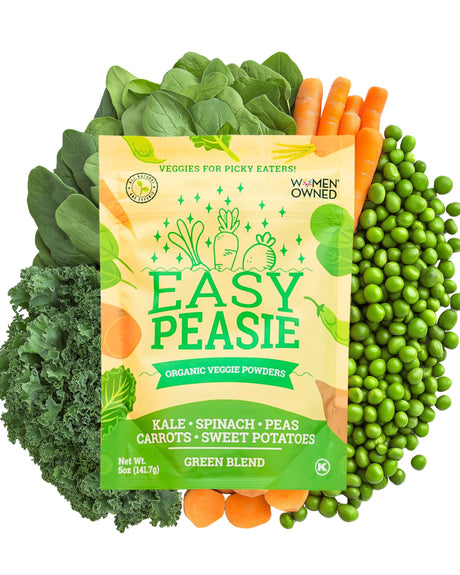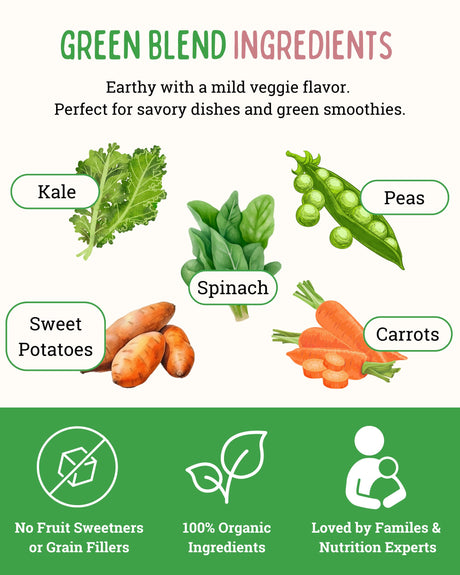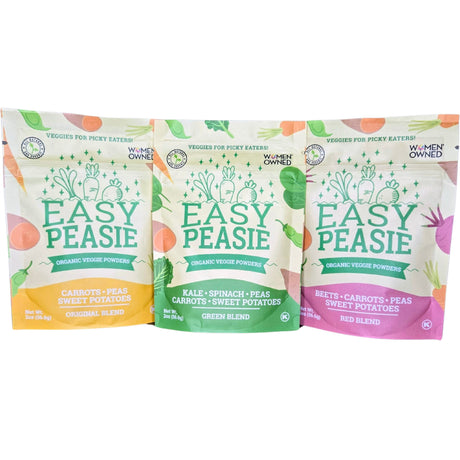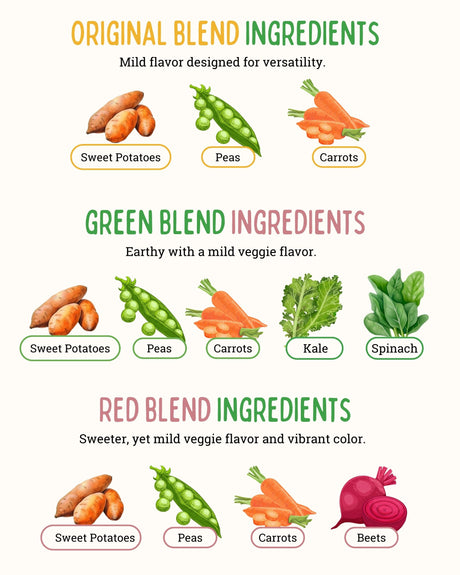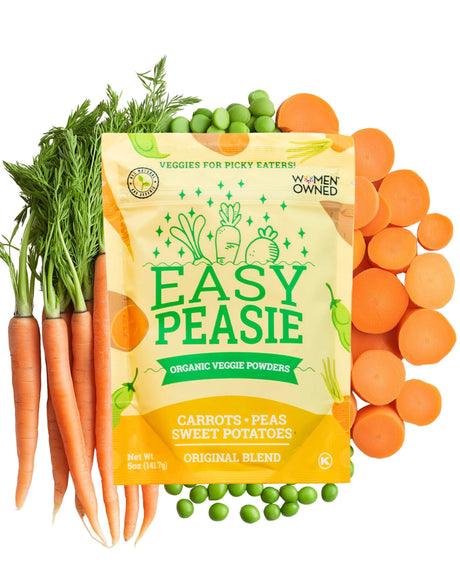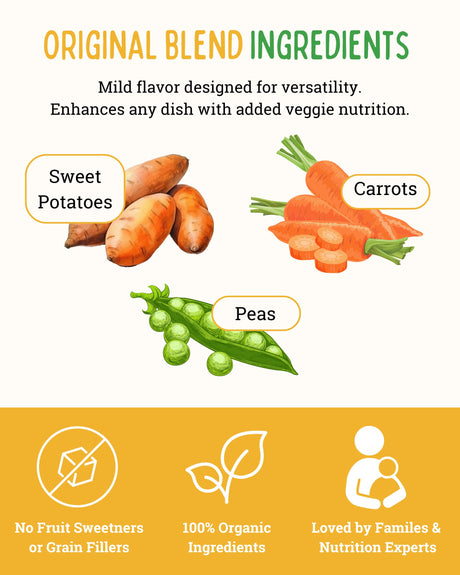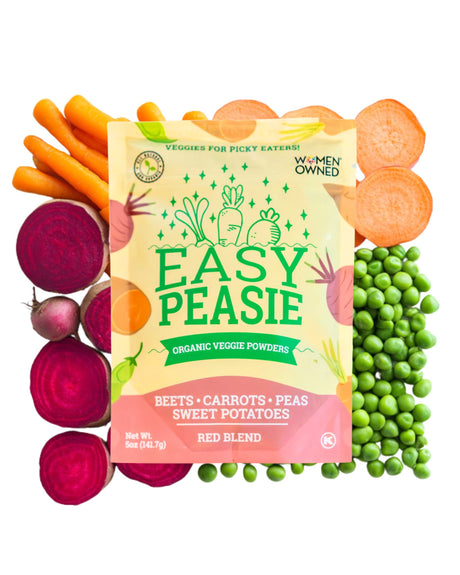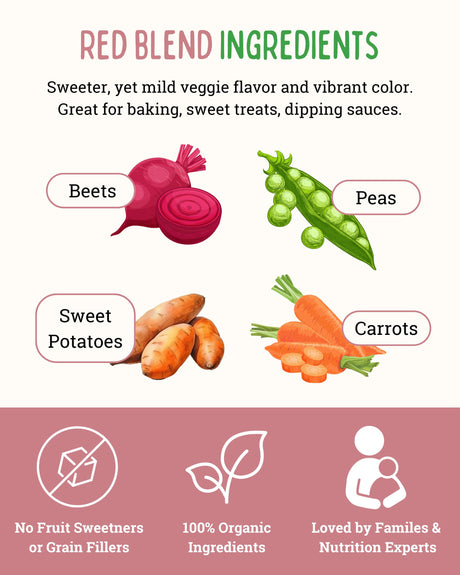Savoring the Warmth of Winter Vegetable Stew
The Comfort of Winter Stews
There's something incredibly comforting about a hearty stew on a cold winter day. It's like a warm embrace, offering both comfort and nourishment. Winter stews, brimming with seasonal vegetables, embody the essence of home cooking.
They provide a perfect antidote to the chilly weather, bringing warmth and coziness to our kitchens and dining tables. These slow-cooked meals are not just about taste; they are a celebration of togetherness and warmth during the colder months.
Celebrating the Bounty of Winter Vegetables
Winter vegetables are the unsung heroes of the cold season. Root vegetables like carrots, parsnips, and turnips, along with winter greens such as kale and Swiss chard, are not only hearty and satisfying but also packed with essential nutrients.
These vegetables are the foundation of a good winter stew, offering a wealth of vitamins, minerals, and fiber. Cooking them in a stew not only enhances their flavors but also ensures that their nutritional benefits are preserved and absorbed in every delicious bite.
As we dive into the recipe for a winter vegetable stew, we celebrate these wholesome ingredients that bring both health and heartiness to our winter meals.
Essential Ingredients for Winter Vegetable Stew

Crafting the Base: Vegetables, Herbs, and Spices
The foundation of a soul-warming winter vegetable stew lies in its ingredients. Begin with a medley of winter vegetables: carrots for sweetness, parsnips for a nutty touch, and sweet potatoes for a velvety texture. Add in chunks of butternut squash for creaminess and turnips for a slight peppery flavor.
For a burst of green and a nutritional boost, throw in chopped kale or Swiss chard. The aromatics play a crucial role too; onions and garlic form the flavor backbone, while a bouquet of herbs like rosemary, thyme, and bay leaves infuse the stew with a comforting aroma and earthiness.
Don’t forget the spices – a pinch of paprika for warmth, black pepper for spice, and a hint of cumin for a smoky undertone.
Protein Options for a Hearty Twist
While a winter vegetable stew can stand proud on its own, adding a protein can transform it into an even heartier meal. For non-vegetarian options, consider chunks of beef or chicken, which become tender and flavorful as they simmer in the stew.
For a plant-based protein boost, chickpeas or white beans are excellent choices, adding both texture and nutrition. Another delightful addition could be diced tofu or tempeh, which soak up the stew's flavors beautifully. These protein additions not only enhance the stew’s substance but also contribute to its nutritional profile, making it a well-rounded meal that satisfies and nourishes.
Preparing Your Vegetables
The Initial Steps: Wash, Peel, Chop
The journey to a delightful winter vegetable stew begins with the basics – preparing your vegetables. Start by thoroughly washing all your vegetables under running water to remove any dirt or debris. For root vegetables like carrots, parsnips, and sweet potatoes, peeling is optional; their skins are edible and packed with nutrients, but peeling can give a smoother texture to the stew.
After washing (and peeling if you choose), chop the vegetables into uniform pieces, ensuring they cook evenly. For leafy greens like kale or Swiss chard, remove the stems and roughly chop the leaves. This preparation not only makes your vegetables ready for cooking but also maximizes their flavor and nutritional benefits.
Enhancing Flavor: Roasting or Sautéing
Before adding your vegetables to the stew, consider roasting or sautéing them. This step, while optional, can greatly enhance the stew’s flavor profile. Roasting vegetables like carrots, parsnips, and squash in the oven with a bit of olive oil and a sprinkle of salt can bring out their natural sweetness and add a caramelized depth.
Alternatively, sautéing onions, garlic, and root vegetables in a large pot (the same one you'll use for the stew) until they're slightly browned creates a rich flavor base. These methods help to release and concentrate the flavors, laying a robust foundation for your winter vegetable stew.
Whether you choose to roast or sauté, these techniques can transform the simple act of cooking vegetables into an aromatic and flavorful experience.
Crafting the Perfect Stew Base

Building a Flavor Foundation: Broth, Herbs, and Spices
The secret to a memorable winter vegetable stew lies in its base. Start by choosing a high-quality broth that complements your selection of vegetables. A rich vegetable broth can enhance the natural flavors of your produce. In a large pot, combine the broth with your roasted or sautéed vegetables.
At this stage, introduce your herbs and spices. Fresh or dried rosemary, thyme, and a bay leaf add a classic, aromatic touch. For a bit of warmth and complexity, sprinkle in spices like paprika, cumin, or a dash of cayenne. Let the mixture simmer gently, allowing the flavors to meld together.
This slow cooking process infuses the broth with the essence of your herbs and spices, creating a base that’s both flavorful and comforting.
Tailoring the Broth to Dietary Needs
The choice of broth can make your stew a fit for various dietary preferences. A vegetable broth keeps the dish vegetarian or vegan, aligning with plant-based diets while still offering a rich, umami flavor.
For those who are not vegetarian, options like chicken or beef broth can add additional depth and richness. The key is to choose a broth that complements the overall flavor profile of your stew and aligns with your dietary needs. Low-sodium broths are also a great option for those watching their salt intake.
Whatever your choice, the broth forms the heart of your stew, enveloping all the other ingredients in its warm embrace.
The Art of Slow Cooking
Mastering the Slow Simmer
The magic of a great stew lies in the art of slow cooking, a process that allows flavors to develop, mingle, and deepen. Once your base is ready, reduce the heat to a gentle simmer. This slow and steady approach allows the ingredients to cook uniformly, softening the vegetables to the perfect texture and infusing the broth with a rich tapestry of flavors.
Patience is key – allow the stew to simmer for at least an hour, occasionally stirring to ensure even cooking and to savor the aroma as it builds.
Versatile Cooking Methods
Depending on your kitchen setup and time constraints, you have a few options for slow cooking your winter vegetable stew. A stovetop method in a heavy-bottomed pot is traditional and gives you control to adjust the heat as needed.
For those looking for convenience, a slow cooker is an excellent choice. Simply add all your ingredients, set the temperature to low, and let the cooker work its magic for several hours – perfect for a ‘set and forget’ approach.
Alternatively, an oven can be used to slow-cook the stew. Place your pot in a preheated oven at a low temperature and let it cook for a few hours. Each method has its benefits, so choose what works best for your lifestyle and enjoy the process of slow cooking your comforting winter stew.
Customizing Your Stew
Personalizing with Vegetables and Spices
A winter vegetable stew is a canvas for culinary creativity, allowing you to customize according to your preferences or what you have on hand. Consider adding or substituting vegetables based on seasonality or your palate. For instance, swap parsnips for rutabagas for a different kind of sweetness, or throw in some bell peppers for a hint of color and crunch. When it comes to spices, feel free to experiment.
Add a touch of cinnamon or nutmeg for warmth, or a sprinkle of smoked paprika for a smoky depth. This flexibility not only makes the stew your own but also adds an element of surprise and delight in each spoonful.
Adapting to Dietary Needs
One of the wonderful aspects of a vegetable stew is its adaptability to various dietary needs. For a vegan version, ensure that the broth is plant-based and skip any animal-based proteins. If gluten sensitivity is a concern, avoid adding any ingredients that contain gluten or use gluten-free alternatives.
For those watching their carb intake, focus on lower-carb vegetables like leafy greens, cauliflower, and mushrooms. If you're cooking for a mixed-diet crowd, consider serving certain elements like cooked meats or grains on the side, allowing everyone to customize their bowl.
This way, your winter vegetable stew becomes a welcoming meal for all, regardless of dietary preferences or restrictions.
Perfect Pairings

Complementing Your Stew with Sides
A bowl of winter vegetable stew is hearty and satisfying on its own, but the right side dish can elevate it to a complete and balanced meal. Consider pairing your stew with a crusty whole-grain bread, perfect for soaking up the flavorful broth.
For a gluten-free option, cornbread can be a delightful accompaniment. These bread options add a comforting, homey touch to your stew, making the meal even more satisfying.
Fresh Salads and Grains for Balance
A fresh salad is a wonderful way to add lightness and contrast to the richness of the stew. Opt for a simple green salad with a vinaigrette dressing, or a tangy coleslaw to bring some crunch and acidity to the meal.
If you’re looking for something heartier, a side of cooked grains like quinoa, barley, or farro can be a wonderful addition. These grains offer a pleasant chewiness and soak up the stew’s flavors beautifully.
Not only do these sides add variety in texture and flavor, but they also contribute additional nutrients, making your meal well-rounded and deeply nourishing.
Nutritional Breakdown
Unpacking the Nutrients in Your Stew
Winter vegetable stew is not just a feast for the senses; it's also a powerhouse of nutrition. This stew is rich in dietary fiber, essential for digestive health and maintaining a feeling of fullness. The variety of vegetables used brings in a spectrum of vitamins and minerals.
Carrots and sweet potatoes are high in vitamin A, vital for eye health and immune function. Leafy greens like kale and Swiss chard contribute iron and calcium, important for blood health and strong bones.
The root vegetables, being complex carbohydrates, provide a steady release of energy, keeping you satiated and energized.
Celebrating the Health Benefits
Each ingredient in the winter vegetable stew plays a role in contributing to overall health. The antioxidants present in these vegetables help combat inflammation and protect against chronic diseases.
The use of herbs and spices not only adds flavor but also brings in additional health benefits – for instance, garlic and onions have antibacterial and antiviral properties. This stew is also generally low in calories yet high in nutrients, making it an excellent option for those looking to maintain a healthy weight.
In essence, this winter vegetable stew is a celebration of whole foods, each bringing its unique health benefits to your table, culminating in a dish that’s as nourishing as it is delicious.
Embracing the Warmth of Winter Vegetable Stew
Savoring the Comfort of Homemade Stew
As we wrap up our culinary journey through the making of a winter vegetable stew, let’s take a moment to appreciate the simple joys it brings. This stew is more than just a meal; it’s a celebration of winter’s bounty, a comforting embrace on a cold day.
Cooking this stew allows us to connect with the ingredients, appreciate their natural flavors, and enjoy the process of creating something nourishing and satisfying. Each spoonful is a reminder of the warmth and comfort that home-cooked meals provide, especially during the chill of winter.
The Adventure of Seasonal Cooking
This winter vegetable stew is an invitation to explore and experiment with seasonal produce. Each ingredient, from the humble carrot to the robust kale, brings its unique flavor and health benefits to the dish.
We encourage you to embrace the variety that each season offers. Don’t hesitate to try new vegetables, swap ingredients based on availability, or add your personal touch to the recipe.
Winter cooking can be an exciting adventure, full of rich flavors and nourishing ingredients. As you enjoy your bowl of winter vegetable stew, let it inspire you to continue exploring the world of seasonal cooking.
May it bring warmth to your body, comfort to your soul, and joy to your table. Here’s to many more hearty, healthy, and delicious meals throughout the winter season!
Leave your comments below; we love to hear from you! And don't forget to follow EasyPeasie for more veggie info and convo on YouTube, Facebook, and Instagram! ~ThePeas


